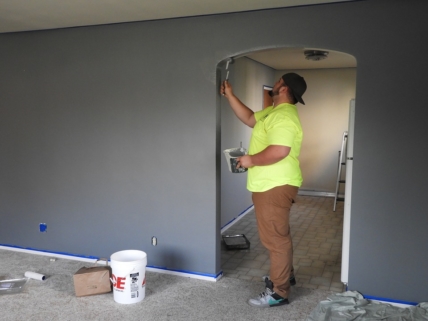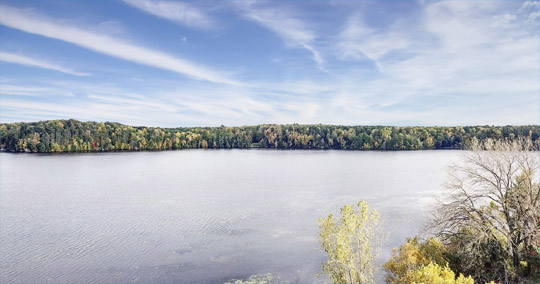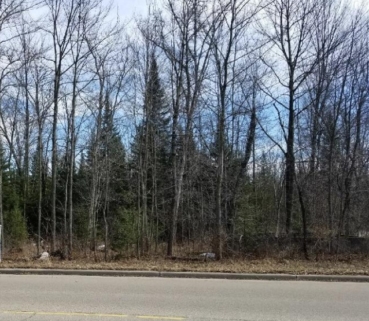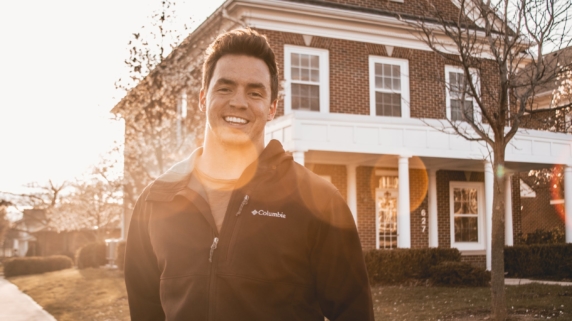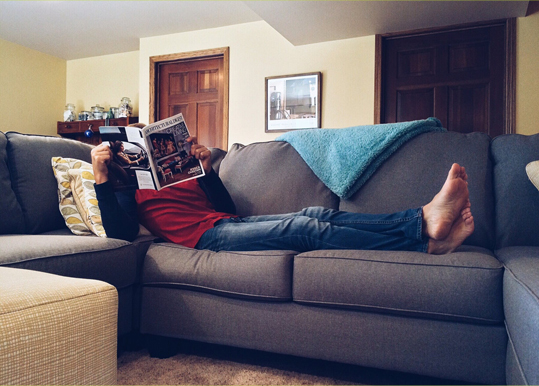Inexpensive DIY Home Improvement Projects to Tackle this Weekend!
Home improvements are a revolving door process. As soon as the roof is replaced, the kitchen is outdated or the floors need a facelift. When buying a previously owned home, it’s more or less expected that repairs, upgrades, or improvements are going to be needed, but most homeowners (especially first-time homeowners) are completely unaware what these projects cost. Are new windows $1,000? $10,000? $30,000? What about appliances? Paint? Will your steal of a deal fixer upper end up costing you more than a brand new home?
Likewise, this can be confusing for people who are selling their home. Many sources will tell you that some upgrades can help raise the list price of a home more than they cost, but which ones? How much is too much to spend on a home that will be up for sale?
Many of these questions vary based on location, home type, market strength, and so much more. Weighing the pros and cons and talking to a knowledgeable real estate professional is always a good idea when considering upgrading before selling or buying a fixer-upper. Here are some general guidelines for basic projects to consider before buying or selling a home.
Under $30

Switch and Outlet Covers
Cracked or yellowed light switch and electric outlet covers cost about $1 a piece and make a world of difference. If the decor of the room is more specialized, consider spending a bit more to find one that will fit the room better.
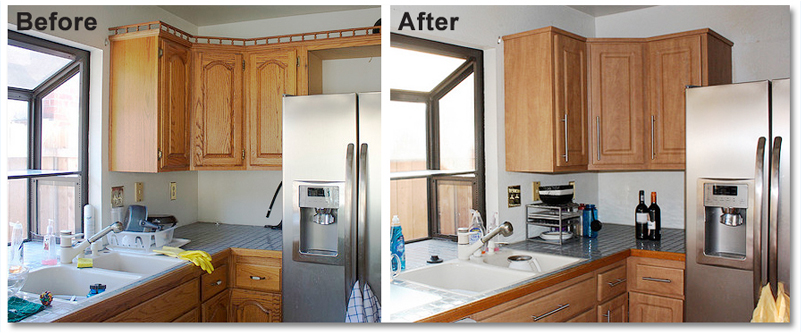
Cabinet Hardware
Fully renovating a kitchen is time consuming, costly, and may be a waste when selling if the buyer has a different style in mind, but small tweaks can be made to refresh the space. If the plan is to refinish the cabinets entirely (a more expensive option than just pulls, but still less expensive than new cabinets), there’s no need to pay attention to existing style as the holes can be filled and painted over. If replacing to sell, the best option will be to find an inexpensive, modernized version of what is currently installed.

Replace Light Bulbs
Homes lighting is a bit of a Goldilocks dilemma, it shouldn’t be so bright that it looks like office fluorescents or so dim that it feels like a dive bar. Light bulbs come in a variety of brightnesses, tones, and styles so it’s easy to end up with a little of this, little of that all around the house, but this tends to look sloppy. While it’s okay to have cool lighting in one room and warmer lighting in another, be on the lookout for this mix-and-match style in the same fixture or burnt out bulbs anywhere and exchange them.
Under $100

Blinds
Blinds can run the gamut from really inexpensive models found at most big box stores to very expensive custom ordered versions from window covering retailers. If the goal is to simply improve the home, buying some inexpensive blinds is the way to go. Pets, kids, and dust tend to wreak havoc on blinds causing them to break, discolor, and generally not look great after some time while new ones brighten up the whole room. One thing for sellers to note, blinds are considered fixtures and need to be left in the home when selling (unless specified in the sales contract).
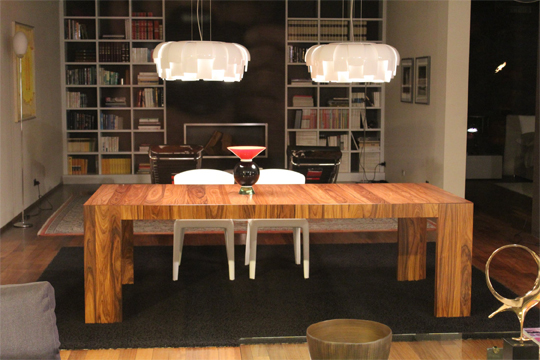
Light Fixtures
Light fixtures can be the focal point of a room and getting a new one can change the feel of the space. Brass accents may be making a comeback in the interior decorating world, but the shapes are different than the 90s version hanging around most homes. Replacing glass ruffle-edged fixtures or chain link chandelier with a more simple and modern fixture will.

Touch Up Paint
While a fresh coat of paint is great if it’s in the budget, when money is tight, a bit of touch up work will do. Pay attention to the areas that receive the most wear: near light switches, behind couches, chairs or headboards (look for the wear marks), and on walls that have inconsistent sun exposure (think places that had photos or tv mounts).
Keep in my that if the walls are boldly painted and/or badly in need of fresh paint, it might just be best to cut corners elsewhere and paint the entire room.
Under $250
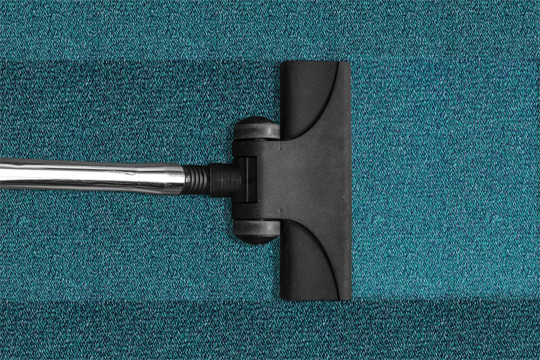
Floor Steam Cleaning
In most cases, flooring is an expensive undertaking whether it’s new carpet, laminate, or hardwood. Unless the carpets are absolutely unlivable, this high ticket renovation can wait for a bigger budget or a new owner. This is especially true if the current carpeting is in relatively good condition, but simply out of style (looking at you, wall to wall shag!) In these cases, a good deep cleaning can help bring out the best and eliminate smells. Steam cleaning can be done on many types of flooring and the machines can be rented from most home improvement or hardware stores.
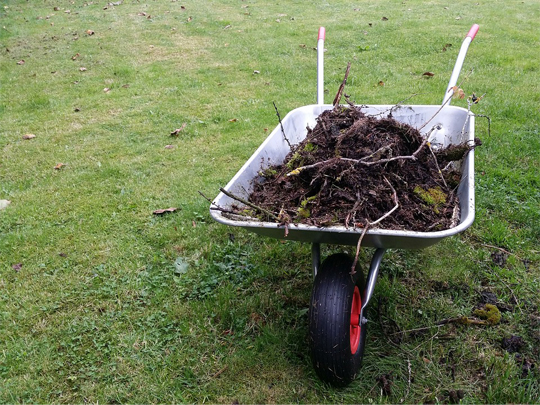
Revamp Your Outdoor Space
What a home needs in terms of landscaping can be very subjective, but generally, if the shrubs are overgrown and looking like they’re about to take over, it’s time to do some trimming. If there’s a pool it should be cleaned and maintained (or at least not green), if there’s a paver patio the blocks should be level enough to not be hazardous. The goal with this is not to create a perfect dreamy oasis (although go for it, if that’s the goal!), but rather to eliminate liabilities, hazards, and eyesores. The rest can come in time.

Remove Popcorn Ceilings (and/or repaint)
This one is so key that it made the list twice. If the funds are available, fully painting the interior of a home has some of the best return on investment and helps a new homeowner feel at home. For those looking for an even bigger impact (or for those who are just gluttons for punishment), removing popcorn ceilings can add value to the home, help it appear to a wider array of buyers, or instantly modernize an otherwise dated space.

